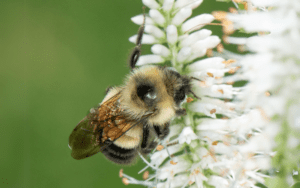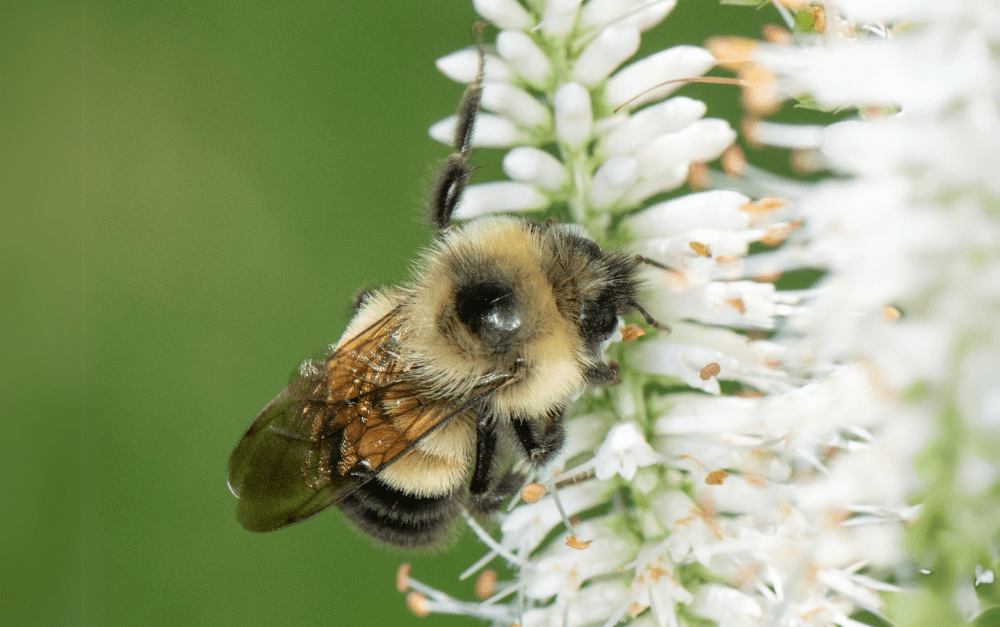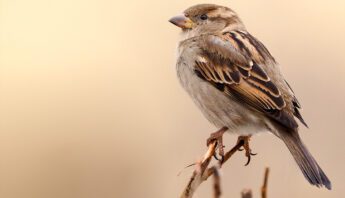Agreement Ends Decades of Pesticide Office Refusing to Comply with Endangered Species Act
The following press release was written and published by The Center for Biological Diversity.
For Immediate Release, September 13, 2023
Contact:
Jonathan Evans, Center for Biological Diversity, (213) 598-1466, jevans@biologicaldiversity.org
Margaret Reeves, Pesticide Action Network North America, (510) 593-4351, mreeves@panna.org
SAN FRANCISCO— A historic legal agreement approved in federal district court yesterday afternoon commits the Environmental Protection Agency to a suite of proposed reforms to better protect endangered species from pesticides. The settlement, which covers more than 300 pesticide active ingredients, marks the culmination of the largest Endangered Species Act case ever filed against the EPA.
Under the agreement’s terms, the EPA will develop strategies to reduce the harm to endangered species from broad groups of pesticides, including herbicides and insecticides, while taking further steps to target meaningful, on-the-ground protections to endangered species most vulnerable to harm from pesticides.
These measures to reduce pesticide harms will benefit endangered species and humans alike, as these chemicals are linked to severe health harms in farmworkers and rural communities.
“Pesticides take a devastating toll on imperiled wildlife and are a driving factor in the current insect apocalypse,” said Jonathan Evans, environmental health legal director at the Center for Biological Diversity. “After decades of inaction in the face of terrible harms, the EPA is now committed to much needed actions to protect endangered species, and with the judicial oversight necessary to ensure that changing political winds don’t wipe out lifesaving progress.”
Today’s legal agreement requires the EPA to develop a strategy to better protect endangered species from herbicides by 2024 and insecticides by 2025. The EPA recently released the draft herbicide strategy for public comment. The settlement also requires the EPA to address the harms of eight especially hazardous organophosphate insecticides on endangered species by 2027.
“Many pesticides covered by this agreement are linked to birth defects and cancer in people, so this is a huge step forward for public health,” said Margaret Reeves, a senior scientist focused on environmental health and workers’ rights at the Pesticide Action Network. “Protecting the environment from pesticides benefits farmworkers and communities that are suffering from pesticides polluting their soil, air and water.”
The pesticides included in this agreement have a range of severe effects on human health and the environment. Organophosphate pesticides have been linked to reproductive harm and cancers like leukemia and lymphoma. The herbicide dicamba has caused damage to millions of acres of crops and natural areas when it drifts off the intended fields killing other plants.
Under the agreement the EPA will analyze expanding pilot programs to reduce impacts to endangered species that are especially vulnerable to pesticide threats. The agency has released its draft plan for the first 27 pilot species, which restricts pesticide use in the areas where the species are found and implements vital protections in surrounding areas. The EPA is now finalizing that first pilot project while considering which species to focus on for its next round of protective actions.
Endangered species especially vulnerable to pesticides that will benefit from expanded protections under this agreement include the rusty patched bumblebee and imperiled butterflies like the Taylor’s checkerspot and Powersheik skipperling.
In the agreement, industry representatives at CropLife America agreed to organize a workshop to strategize on ways to improve endangered species compliance.
Background
The Center for Biological Diversity and Pesticide Action Network North America brought this lawsuit in 2011 to force the Environmental Protection Agency to comply with the Endangered Species Act to protect imperiled wildlife when it approves pesticides.
In 2019 the parties reached a partial settlement requiring the EPA to assess the risks that eight of the nation’s most harmful herbicides, insecticides and rodenticides pose to imperiled plants and animals. That group includes include atrazine, carbaryl, methomyl and simazine, brodifacoum, bromadiolone, warfarin and zinc phosphide. Assessments of the first four pesticides were completed in 2021. Assessments of four rodenticides, including the widely used rat poison brodifacoum, must be finalized in 2024.
The assessment of atrazine, the second most-used herbicide in the country and a potent endocrine disruptor, resulted in the chemical being banned in Hawaii and in the U.S. territories of Puerto Rico, Guam, American Samoa, the U.S. Virgin Islands and the North Mariana Islands. Use of the cancer-linked pesticide, which is banned across much of the world, was also be prohibited along U.S. roadsides and on conifers on public and private lands, including forests and Christmas tree farms.
For decades the EPA has failed to comply with the Endangered Species Act’s requirements to consult with expert wildlife agencies to reduce the harm of pesticides to protected species. As a result of ongoing pressure and a series of court decisions, the EPA released its first-ever comprehensive workplan last year to address how it would meet the challenge of protecting endangered species from pesticides.
The agency is also initiating pilot programs focused on reforming the pesticide-approval process to correct violations of the Endangered Species Act. The EPA also committed in early 2022 to analyzing the effects of new pesticide active ingredients on endangered species before registering them.
The Center for Biological Diversity is a national, nonprofit conservation organization with more than 1.7 million members and online activists dedicated to the protection of endangered species and wild places.

Rusty patched bumble bee photo by Heather Holm







